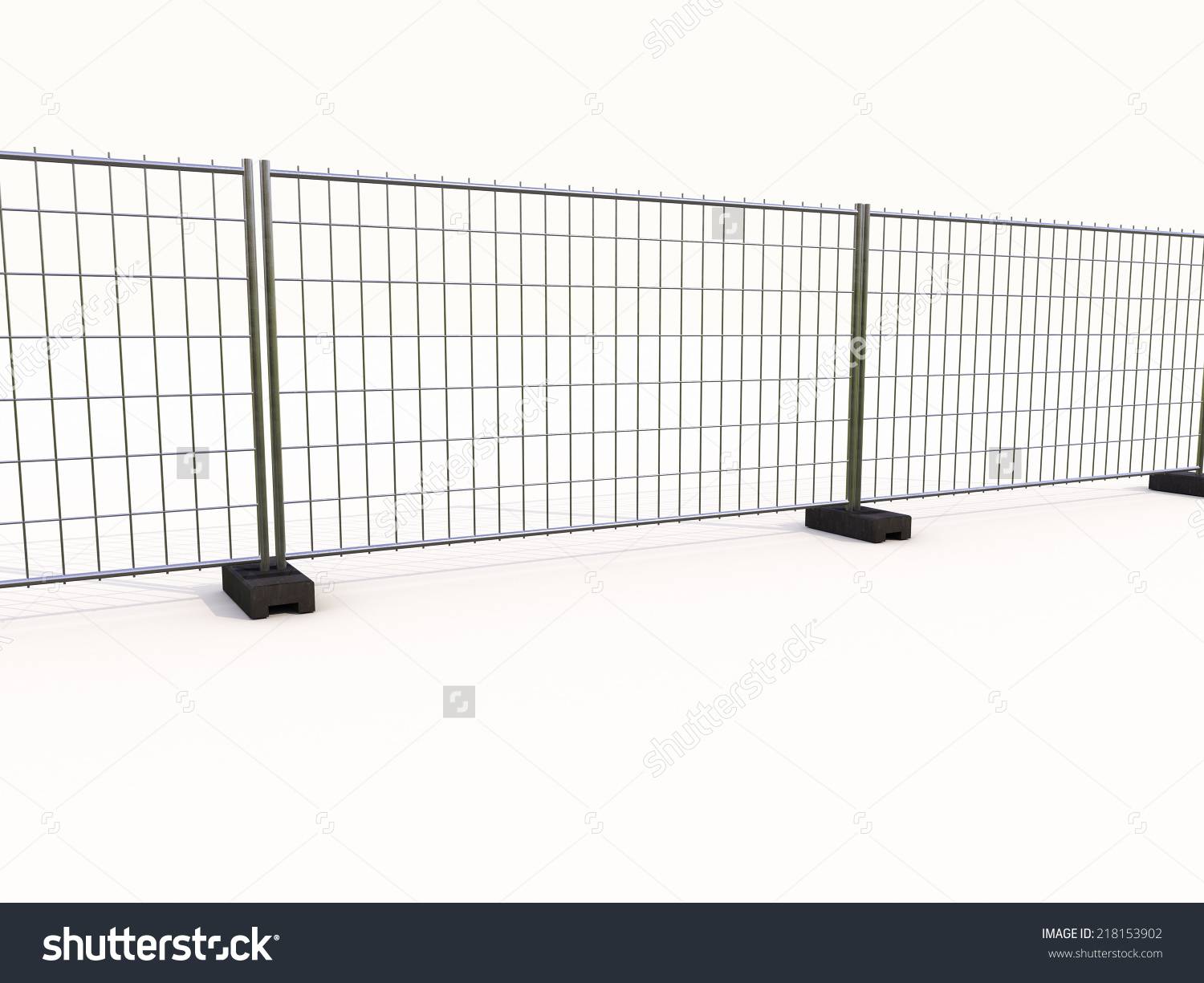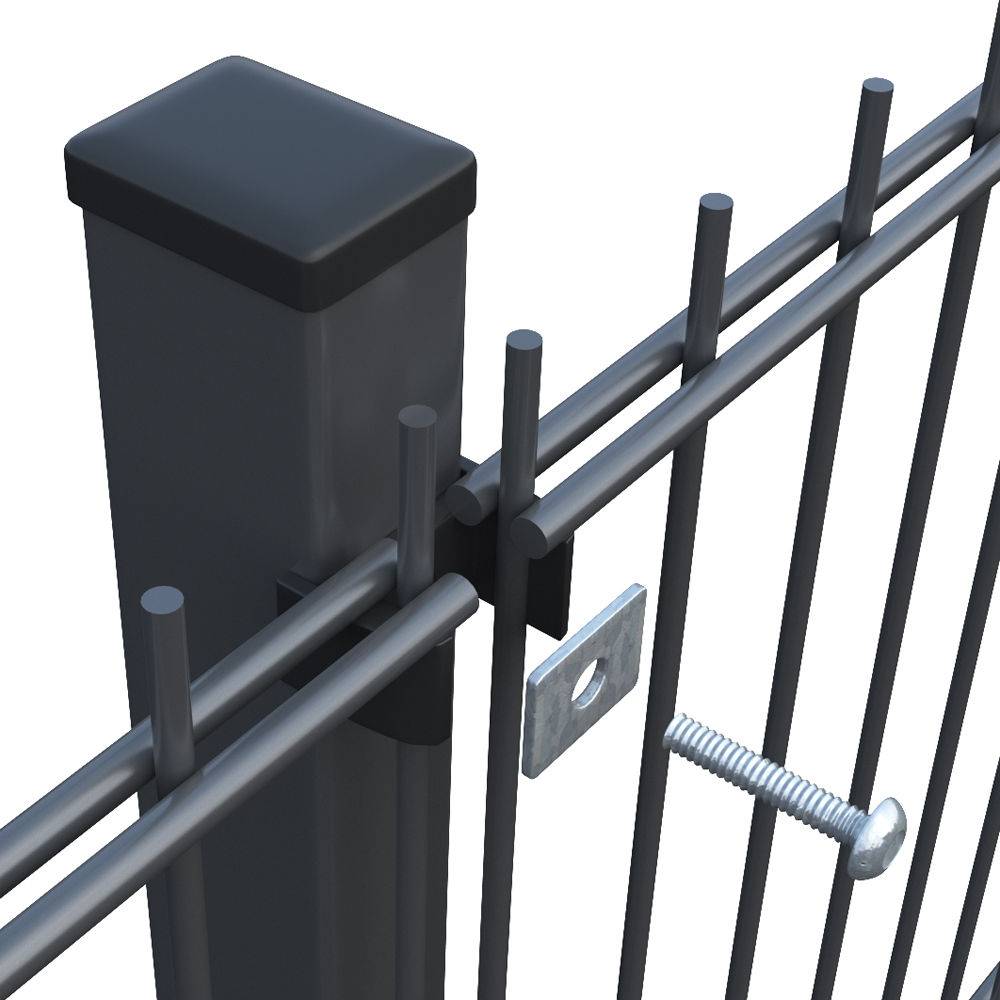

- Afrikaans
- Albanian
- Amharic
- Arabic
- Armenian
- Azerbaijani
- Basque
- Belarusian
- Bengali
- Bosnian
- Bulgarian
- Catalan
- Cebuano
- China
- China (Taiwan)
- Corsican
- Croatian
- Czech
- Danish
- Dutch
- English
- Esperanto
- Estonian
- Finnish
- French
- Frisian
- Galician
- Georgian
- German
- Greek
- Gujarati
- Haitian Creole
- hausa
- hawaiian
- Hebrew
- Hindi
- Miao
- Hungarian
- Icelandic
- igbo
- Indonesian
- irish
- Italian
- Japanese
- Javanese
- Kannada
- kazakh
- Khmer
- Rwandese
- Korean
- Kurdish
- Kyrgyz
- Lao
- Latin
- Latvian
- Lithuanian
- Luxembourgish
- Macedonian
- Malgashi
- Malay
- Malayalam
- Maltese
- Maori
- Marathi
- Mongolian
- Myanmar
- Nepali
- Norwegian
- Norwegian
- Occitan
- Pashto
- Persian
- Polish
- Portuguese
- Punjabi
- Romanian
- Russian
- Samoan
- Scottish Gaelic
- Serbian
- Sesotho
- Shona
- Sindhi
- Sinhala
- Slovak
- Slovenian
- Somali
- Spanish
- Sundanese
- Swahili
- Swedish
- Tagalog
- Tajik
- Tamil
- Tatar
- Telugu
- Thai
- Turkish
- Turkmen
- Ukrainian
- Urdu
- Uighur
- Uzbek
- Vietnamese
- Welsh
- Bantu
- Yiddish
- Yoruba

Temporary Fencing for Construction Sites Secure, Durable Solutions
- Overview of Temporary Site Security Solutions
- Essential Features of Modern Construction Barriers
- Technical Advantages in Noise Reduction and Durability
- Vendor Comparison: Performance Metrics and Market Leaders
- Customizable Solutions for Diverse Project Requirements
- Case Studies: Urban and Industrial Applications
- Future Trends in Temporary Fencing for Construction Sites

(temporary fencing for construction sites)
Why Temporary Fencing for Construction Sites Matters
Temporary fencing for construction sites serves as the first line of defense against unauthorized access, theft, and environmental hazards. According to a 2023 industry report, 78% of construction managers consider perimeter security critical for project timelines. Modern solutions integrate modular designs, allowing rapid deployment (average 2-3 hours per 100 meters) while complying with OSHA standards. Hybrid systems combining fencing with noise barriers now account for 42% of installations in urban areas, reducing community complaints by up to 65%.
Balancing Safety and Community Needs
High-grade steel mesh panels (1.8-2.4mm thickness) dominate the market, offering wind resistance up to 70 mph. Anti-climb designs with angled tops reduce intrusion attempts by 89% compared to traditional chain-link fences. Acoustic barriers using recycled composite materials achieve 28-32dB noise reduction, particularly effective for projects near residential zones. UV-stabilized polyethylene variants maintain structural integrity for 5-7 years, ideal for long-term projects.
Technical Innovations Driving Adoption
Leading manufacturers now offer:
- Galvanized steel frames with powder coating (15-year rust warranty)
- Interlocking base plates requiring zero concrete foundation
- Solar-powered LED warning systems integrated into barrier posts
Third-party testing shows these innovations reduce installation costs by 40% and maintenance frequency by 65% versus traditional systems.
Market Leaders at a Glance
| Vendor | Panel Height | Wind Rating | Noise Reduction | Price/Linear Meter |
|---|---|---|---|---|
| SiteGuard Pro | 2.1m | 75mph | 30dB | $38.50 |
| BarricadeMaster | 1.8m | 60mph | 25dB | $29.75 |
| UrbanShield Plus | 2.4m | 80mph | 35dB | $47.80 |
Tailored Configurations for Complex Sites
Recent projects demonstrate flexibility:
- A 14-month highway expansion utilized curved barriers with 45° sound deflection angles
- Coastal construction sites specify 316-grade stainless steel components (salt spray resistance 3x standard models)
- Tunnel projects employ fire-retardant variants meeting EN 13501-1 Class B standards
Real-World Impact Metrics
The 2025 Hudson Yards development achieved:
- Zero security breaches across 18 months
- 22% faster inspection approvals through compliant designs
- 57% reduction in noise-related work stoppages
Advancing Temporary Fencing for Construction Sites
Emerging technologies like IoT-enabled barriers with motion sensors are projected to capture 30% market share by 2026. These systems provide real-time intrusion alerts and structural integrity monitoring, reducing insurance premiums by 15-18%. As urban density increases, dual-purpose solutions combining security and environmental protection will dominate temporary construction site management strategies.
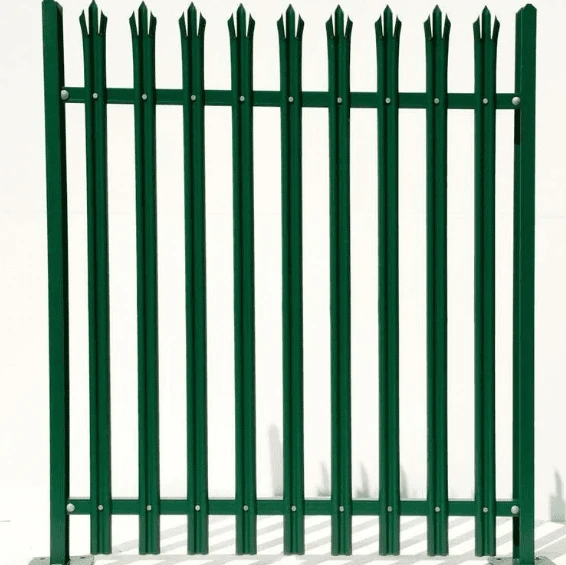
(temporary fencing for construction sites)
FAQS on temporary fencing for construction sites
Q: What are the primary purposes of temporary fencing for construction sites?
A: Temporary fencing enhances site security, prevents unauthorized access, and ensures compliance with safety regulations. It also helps control debris and protects nearby pedestrians.
Q: How do noise barriers for construction sites improve worksite conditions?
A: Noise barriers reduce sound pollution for surrounding communities and minimize workplace distractions. They are often made from sound-absorbing materials like acoustic panels or heavy-duty plastics.
Q: What types of barricades are commonly used in construction sites?
A: Common barricades include plastic jersey barriers, metal guardrails, and modular fencing systems. These control traffic flow, mark hazardous zones, and protect workers and equipment.
Q: Are temporary fencing solutions customizable for different site needs?
A: Yes, temporary fencing can be tailored in height, material (e.g., steel mesh or chain-link), and layout. Add-ons like privacy screens or anti-climb features are also available.
Q: What regulations apply to installing barricades in construction sites?
A: Regulations vary by region but typically require visibility (e.g., reflective strips), structural stability, and compliance with OSHA or local safety standards. Always consult local authorities before installation.
Recommended Products
Latest News About CHENG CHUANG
-
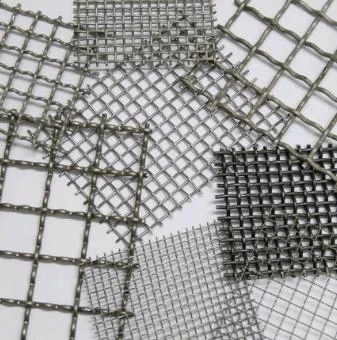 Wire mesh is durableWire mesh represents a cornerstone of modern industrial and agricultural solutions, offering unmatched versatility across countless applications.Read more >
Wire mesh is durableWire mesh represents a cornerstone of modern industrial and agricultural solutions, offering unmatched versatility across countless applications.Read more >Jul 11 2025
-
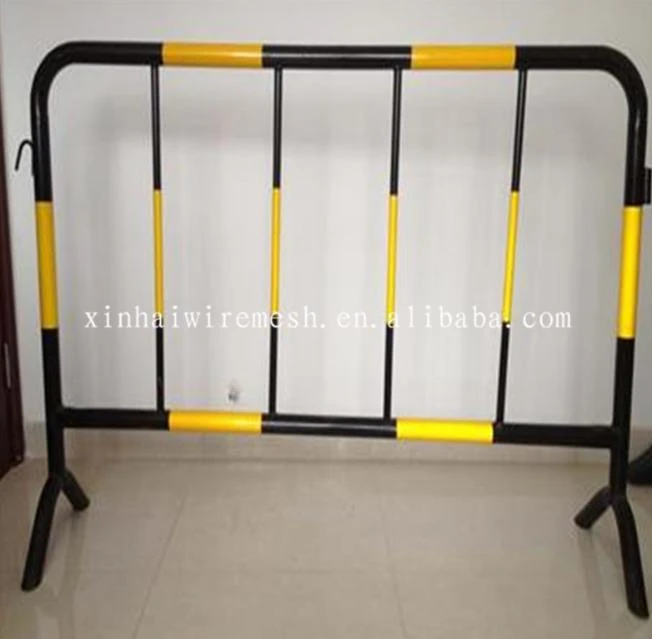 Safety barrier directs traffic flowIn high-risk environments, safety barrier systems stand as non-negotiable guardians against catastrophic incidents.Read more >
Safety barrier directs traffic flowIn high-risk environments, safety barrier systems stand as non-negotiable guardians against catastrophic incidents.Read more >Jul 11 2025
-
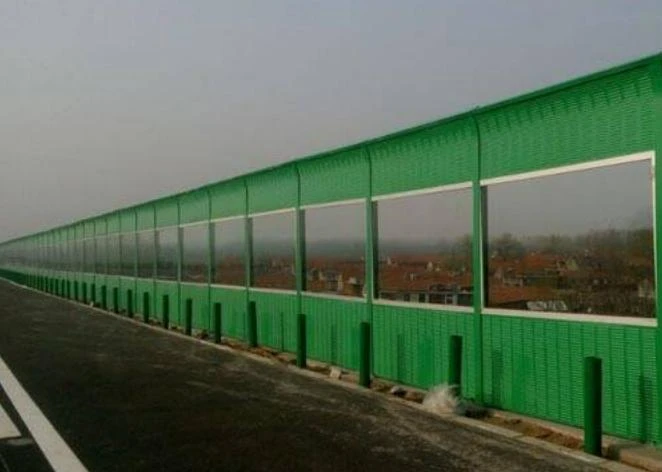 Modular Noise Barrier Eases InstallationUrbanization intensifies noise pollution, making noise barrier systems essential for preserving human health and tranquility.Read more >
Modular Noise Barrier Eases InstallationUrbanization intensifies noise pollution, making noise barrier systems essential for preserving human health and tranquility.Read more >Jul 11 2025
-
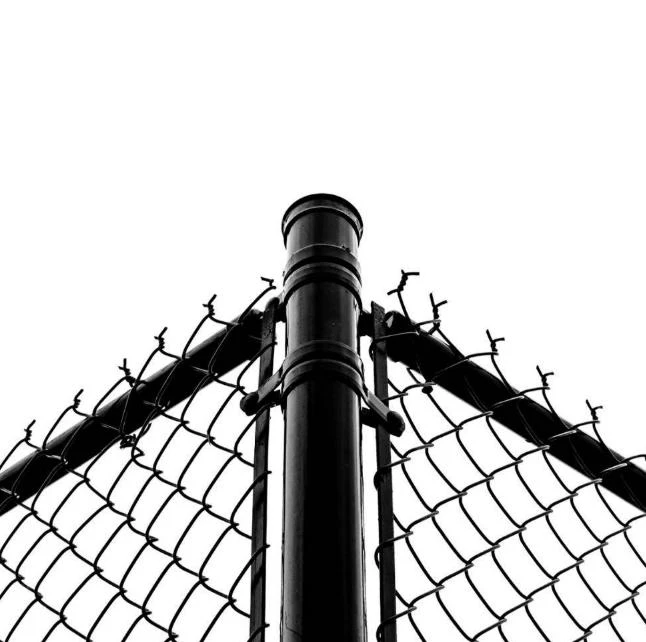 Metal fence types enhance securityMetal fence types form the backbone of modern perimeter security solutions worldwide.Read more >
Metal fence types enhance securityMetal fence types form the backbone of modern perimeter security solutions worldwide.Read more >Jul 11 2025
-
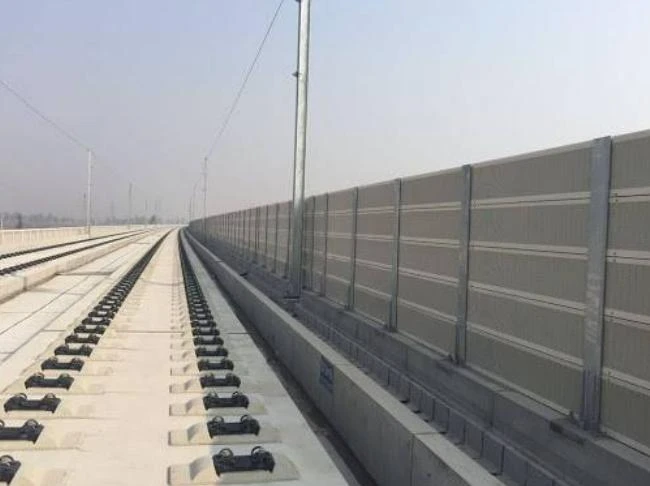 Crowd Control Barrier Manages Foot TrafficThe management of public gatherings demands precision, safety, and reliability, making crowd control barrier systems indispensable tools for organizers worldwide.Read more >
Crowd Control Barrier Manages Foot TrafficThe management of public gatherings demands precision, safety, and reliability, making crowd control barrier systems indispensable tools for organizers worldwide.Read more >Jul 11 2025
